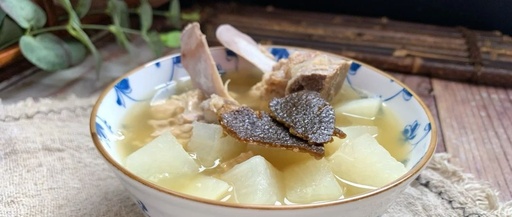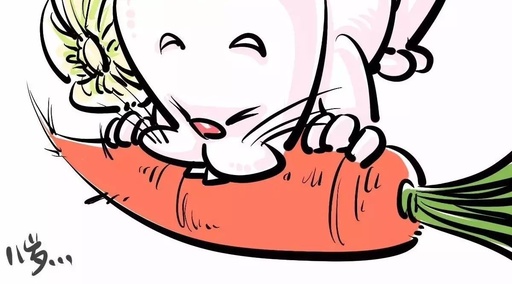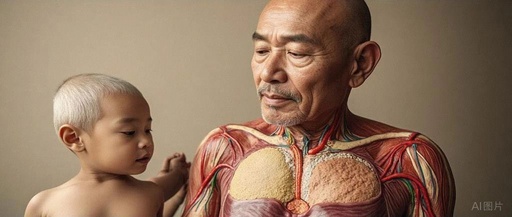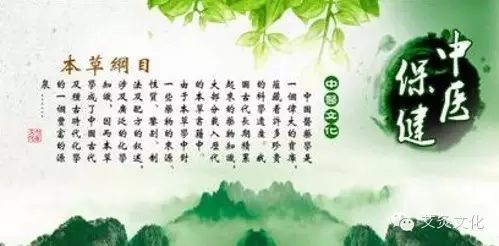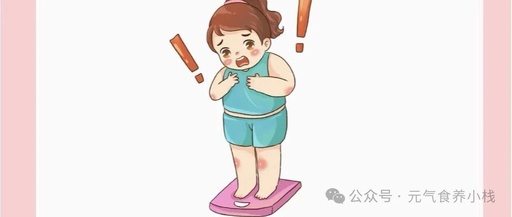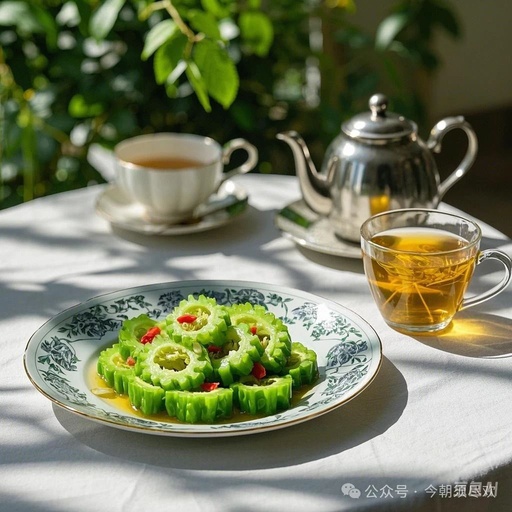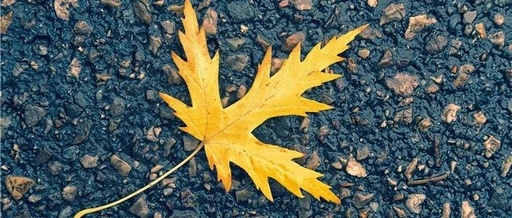Phlegm-Damp Constitution: Winter Bone Soup for Resolving Accumulation and Promoting Qi Flow
When mentioning phlegm, people often think of the tangible phlegm that is coughed up, but in Traditional Chinese Medicine (TCM), “phlegm” also includes intangible phlegm that can spread throughout the body. TCM believes that “the spleen is the source of phlegm production.” As we enter the minor cold solar term, the weather becomes increasingly cold, … Read more

